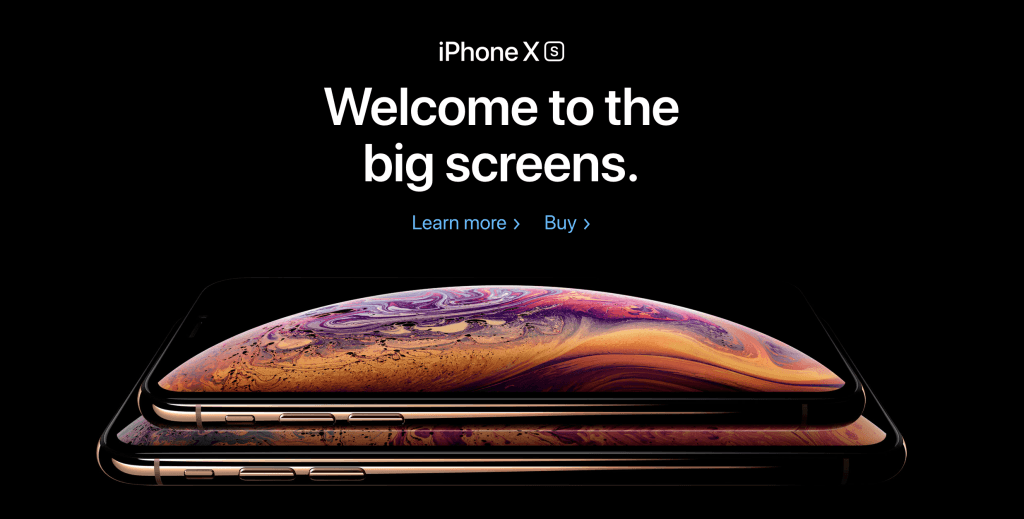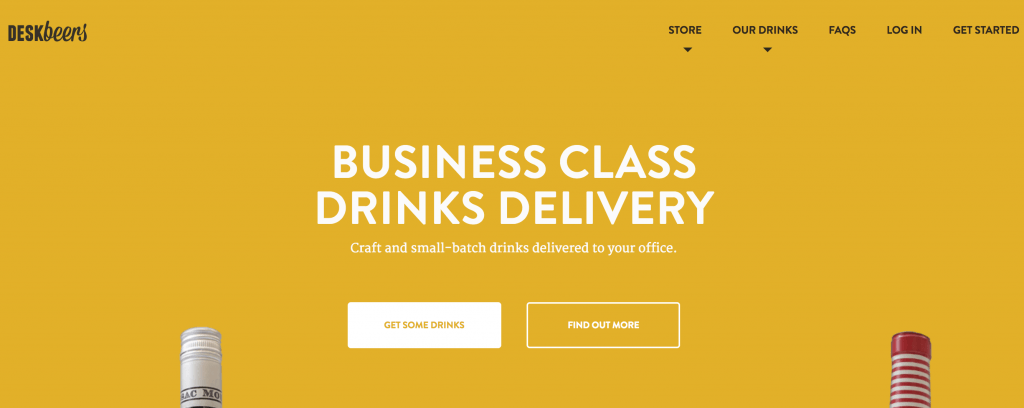4 Unique Value Proposition Examples to Inspire You

The average person spends 15 seconds looking at a website. That means you have 15 seconds to convey a lot of information to someone who may have little knowledge about your product. This is where having a unique value proposition sets you apart.
If potential or current customers can’t easily identify how your business improves their life better than your competitors, they are likely to navigate to the next search result.
To keep customers exploring your site, you need a unique value proposition.
What is a unique value proposition?
A unique value proposition is a clear statement showing how your product or service solves a customer’s specific problem and adds a particular value better than your competitors can. It is also a promise to your customer that you must be able and willing to deliver.
Unique Value Proposition Examples
To help you better understand the impact of a value proposition, here are some examples along with an explanation of why they are effective.
iPhone X

The unique value proposition for the iPhone X includes the text: “Welcome to the big screens” accompanied by a picture of a new, larger iPhone supporting a smaller iPhone.
The text and image explain how the new iPhone solves a major critique of previous versions. The image of a larger iPhone with a smaller iPhone excludes customers from comparing iPhones to competitors.
Cisco

Cisco uses a tagline: “Don’t just see the future. Do something about it” with explanatory text: We surveyed over 1500 CIOs and technology leaders about how they’re transforming IT operations. How do you compare?
Their description speaks to a CIO’s frequent need to adjust their IT operations to adjust for constant technology changes. They also offer a web-based assessment, which pairs survey questions with data that suggests a need for Cisco’s solutions.
At the end of the assessment, Cisco assigns a current level of proactivity and provides customized recommendations to improve their operations. This built-in customization offers unique solutions that competitors don’t.
Slack
 Slack’s unique value proposition states, “Slack is a place where your team comes together to collaborate, important information can be found by the right people, and your tools pipe in information when and where you need it.”
Slack’s unique value proposition states, “Slack is a place where your team comes together to collaborate, important information can be found by the right people, and your tools pipe in information when and where you need it.”
In one statement, Slack presents three benefits to their product. First, they are a collaboration tool for teams. This is not unique, but their second component reveals their major differentiation from other communication systems.
This difference is the ability to jump into a conversation (on a “channel”) and review previous messages. It solves the problem of spending time getting new employees caught up by allowing them to read conversations that occurred before they joined the project or company. Third, it allows organizations to add tools important to their needs.
DeskBeers

Business class drinks delivery: Craft and small batch drinks delivered to your office.
The DeskBeers website not only explains their business in two succinct clauses, but they also show the process on the front page using short statements and clean graphics. Their options and methods are clearly described in less than 100 words. Being a new company with little brand recognition, their unique value proposition is vital to growing their business.
How to create a unique value proposition:
Step 1: Know your customers
A unique value proposition communicates to your customers how your business solves their problems. Your first step is to learn about your customers and their needs. Consider what problems may have led them to look for your product. Investigate comments and complaints on social media as well as conduct customer feedback surveys.
Ask yourself what:
- • Problems my customers have?
- • Customers want most out of this type of product?
- • My customers value?
Step 2: Put your product in the context of your customer’s needs
After gaining a sense of who your customers are and what they need, think about your product from your customer’s point of view. Rather than focusing on what you love about your product, think about how your product addresses your answers from step one. Determine how your product answers customers’ biggest complaints.
How does your product:
- • Solve or improve the customers’ problems?
- • Address what the customers want most from this product?
- • Align with your customers’ values?
Step 3: Know your competitors
Once you have an idea of how customers perceive your product, decide how to differentiate yourself from your competitors. Compare your product to others and decide why yours is the better option. Think about these questions:
- • How does your product solve customers’ problems better than your competitors’ product?
- • How is your company more aligned with your customers’ values than your competitors are?
Step 4: Put it all together
Now that you understand your customers’ needs, your product’s value to your customers, and how you offer what your competitors don’t, begin building your unique value proposition. As concisely as possible, explain why potential customers should choose you.
Here are some tips for crafting a unique value proposition:
- • Use more than a tagline. You may need a heading, subheading, and bullet points.
- • Be clear and specific about your value and how you differ from competitors.
- • Choose adjectives that convey the feel of your product. A few powerful words are more effective than lengthy explanations.
- • Avoid using superlatives without proof. Don’t claim to be #1 or the best unless you present data to prove it.
- • Use images to convey your message in addition to words. An image can convey the 1,000 words your customers won’t read.
Over to You
A unique value proposition quickly conveys how you serve your customers better than your competitors. The faster you can communicate your value proposition, the more likely you are to keep potential customers interested in investigating your products.
Remember to think from your customer’s point of view and focus on addressing their sorest pain-point. Overall, be true to your brand and avoid over-promising. Your unique value proposition becomes worthless if customers feel that you are selling something you can’t deliver.





